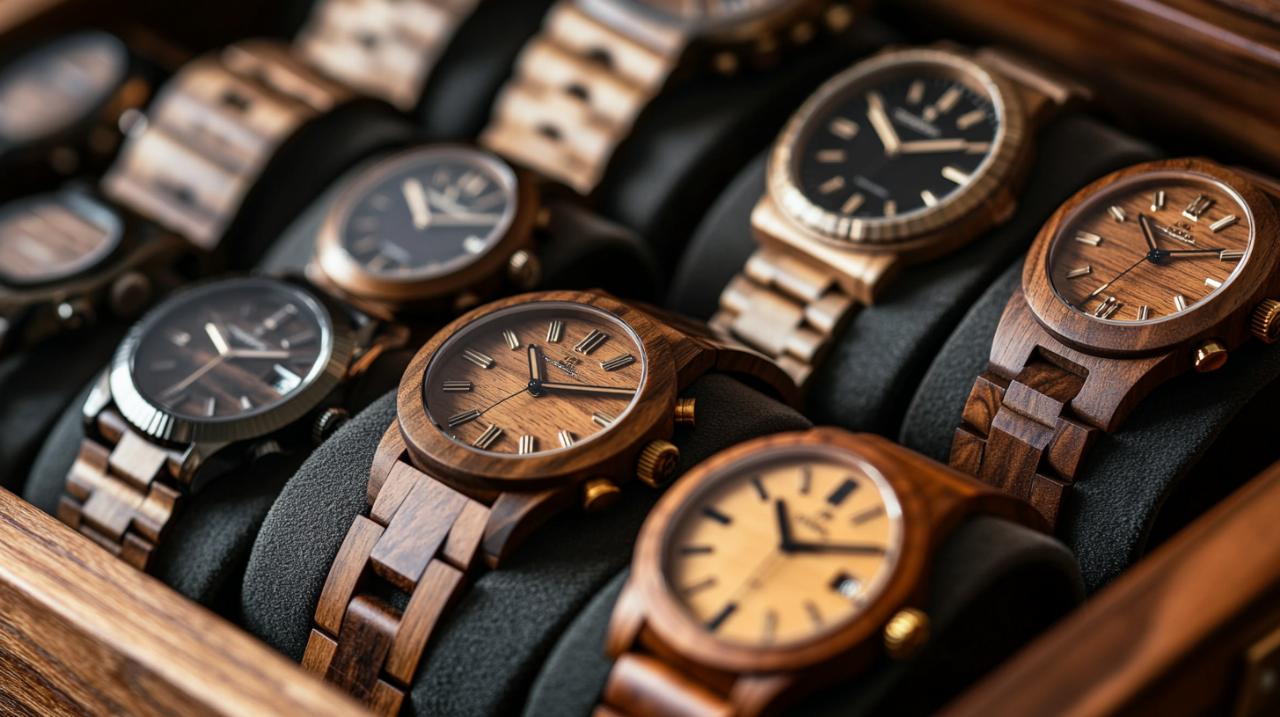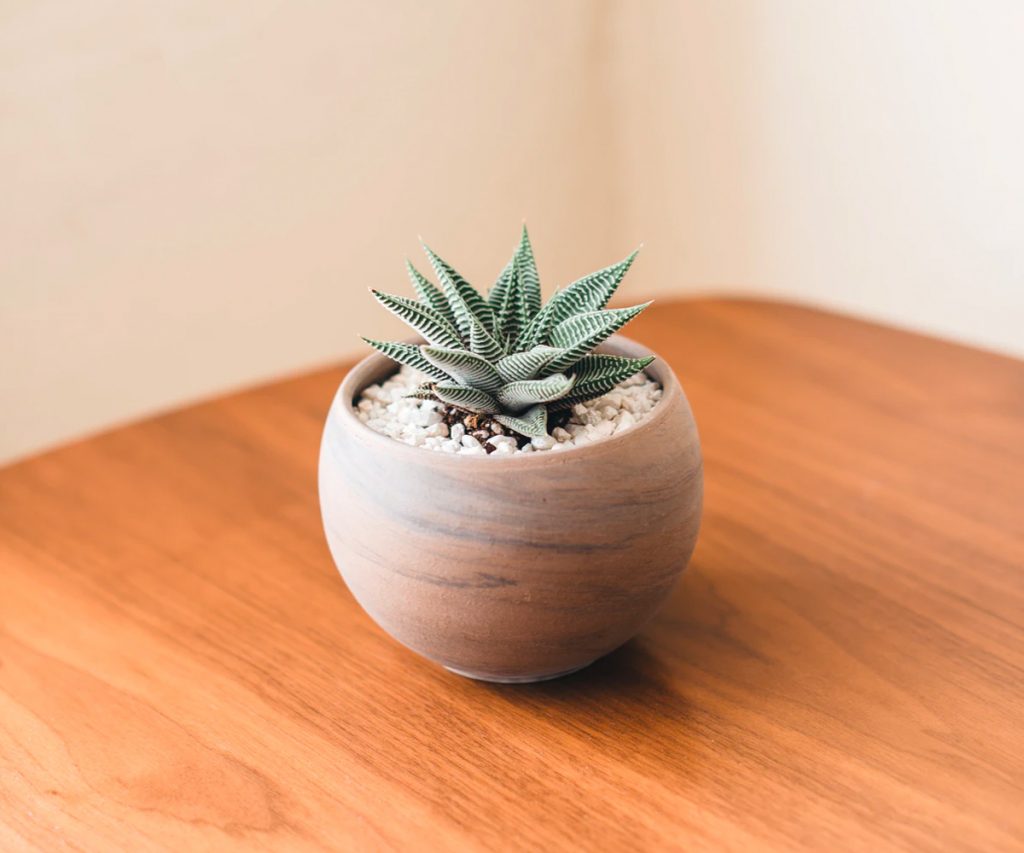When it comes to selecting a wooden watch that not only complements your personal style but also stands the test of time, understanding the nuances of craftsmanship, materials, and functionality is vital. These unique timepieces offer a blend of natural elegance and modern reliability, making them a sought-after accessory for those who appreciate sustainable design and individuality. Whether you are drawn to the eco-friendly qualities of reclaimed wood or the intricate details of handcrafted mechanisms, knowing what to look for ensures that you invest in a piece that truly suits your lifestyle and aesthetic preferences.
Understanding wood types and their characteristics
The type of wood used in a watch significantly influences its appearance, weight, and overall character. Wooden watches are crafted from a variety of timbers, each offering distinct grain patterns, colours, and textures. Popular choices include bamboo, which is known for its lightweight properties and rapid renewability, making it an excellent eco-friendly option. Sandalwood and rosewood are prized for their rich, warm tones and aromatic qualities, whilst maple and walnut provide a more classic, versatile look that pairs well with both casual and formal attire. Oak and ebony are also favoured for their durability and striking contrast, adding a bold statement to any wrist.
Popular wood varieties for timepieces
Bamboo stands out as a highly sustainable material, given its rapid growth rate and minimal environmental impact. Watches made from bamboo are not only lightweight but also hypoallergenic, making them ideal for those with sensitive skin. Sandalwood offers a unique aromatic quality and a smooth finish, often showcasing lighter hues that can brighten a casual ensemble. Rosewood, with its deep red and brown tones, exudes sophistication and is a favourite for those seeking a more luxurious appearance. Maple and walnut provide neutral, versatile shades that can seamlessly transition from day to night, whilst oak offers a robust, textured grain that speaks to traditional craftsmanship. Ebony, one of the darkest woods available, is celebrated for its sleek, modern aesthetic and exceptional hardness, ensuring longevity and resistance to everyday wear.
Grain patterns and aesthetic appeal
The grain pattern of the wood is another crucial factor to consider, as it contributes to the watch’s visual uniqueness. Each piece of timber has its own natural grain, meaning that no two wooden watches are exactly alike. Some woods display bold, pronounced grains that create a dramatic visual impact, whilst others offer subtle, fine lines that lend an understated elegance. The variation in grain can also affect how the watch catches light, creating dynamic shifts in colour and tone throughout the day. When exploring different options, it is worth taking a moment to visit our shopping tips page for guidance on matching grain patterns to your wardrobe and personal style, ensuring that your chosen timepiece complements your existing accessories and clothing.
Movement mechanisms: quartz versus automatic
The movement of a watch refers to the internal mechanism that powers its timekeeping functions. Understanding the differences between quartz and automatic movements is essential for selecting a watch that aligns with your practical needs and lifestyle preferences. Both types offer distinct advantages, and the choice often comes down to personal priorities such as accuracy, maintenance, and the overall experience of wearing the watch.
Benefits of quartz movements
Quartz movements are powered by a battery and utilise a small quartz crystal to regulate timekeeping. This technology is renowned for its precision, often maintaining accuracy to within a few seconds per month. Quartz watches are typically more affordable and require minimal maintenance, as they do not rely on complex mechanical parts. The battery-powered nature of quartz movements means that you simply need to replace the battery every few years, making them a convenient choice for those who prefer a low-maintenance accessory. Additionally, quartz watches are generally lighter and slimmer, which can be particularly appealing when combined with the natural lightness of wooden materials. For those seeking reliability and ease of use, a quartz-powered wooden watch is an excellent option.
Charm and Functionality of Automatic Mechanisms
Automatic movements, also known as self-winding mechanisms, harness the motion of your wrist to power the watch. This traditional form of horology offers a tactile, interactive experience that many enthusiasts find deeply satisfying. Automatic watches do not require batteries, instead relying on a series of intricate gears and springs that wind themselves as you move throughout the day. This makes them a more sustainable choice in the long term, as there is no need for regular battery replacements. The craftsmanship involved in creating an automatic movement is often seen as a hallmark of quality, with some models featuring visible components through a transparent case back, allowing you to appreciate the artistry of the mechanism. However, automatic watches do require regular wear to keep them running, and they may need occasional servicing to maintain optimal performance. For those who appreciate the heritage and romance of traditional watchmaking, an automatic wooden watch is a compelling choice.
Finding the Perfect Size and Fit for Your Wrist
Ensuring that your wooden watch fits comfortably and proportionately on your wrist is essential for both comfort and style. A watch that is too large can overwhelm smaller wrists and feel cumbersome, whilst one that is too small may appear lost and fail to make the intended style statement. Understanding how to measure your wrist and assess the size of the watch case will help you make an informed decision.
Measuring your wrist properly
To determine the ideal watch size, begin by measuring the circumference of your wrist using a flexible tape measure or a piece of string that you can later measure against a ruler. Most adult wrists range between 15 and 20 centimetres in circumference. Once you have your measurement, consider the case diameter of the watch, which typically ranges from 38 to 46 millimetres. For smaller wrists, a case diameter of 38 to 42 millimetres is generally more flattering, whilst larger wrists can comfortably accommodate cases measuring 44 to 46 millimetres or more. The thickness of the watch case is also important, as a bulky case can feel heavy and uncomfortable, especially when combined with the natural weight of wood. Aim for a balance that feels substantial without being oppressive.
Adjustable straps and comfort considerations
Many wooden watches feature adjustable straps, which can be resized by removing or adding links, or through adjustable clasps. It is important to ensure that the strap can be adjusted to fit your wrist snugly without being too tight, as a loose strap can cause the watch to slide around, whilst an overly tight fit can cause discomfort and restrict circulation. Some models also offer additional padding or ergonomic designs to enhance comfort during extended wear. When trying on a watch, move your wrist through a full range of motion to ensure that the watch does not pinch or chafe. The natural texture of wood can be smooth and pleasant against the skin, but it is worth checking for any rough edges or unfinished areas that might cause irritation over time.
Assessing craftsmanship and finishing quality
The quality of craftsmanship in a wooden watch is a key indicator of its durability and overall value. A well-made timepiece will not only look stunning but also withstand the rigours of daily wear. Examining the surface finish, attention to detail, and construction methods will help you distinguish between a hastily assembled product and a carefully crafted work of art.

Examining surface smoothness and detail
The surface of the watch should be smooth to the touch, with no rough patches, splinters, or uneven areas. High-quality wooden watches undergo meticulous sanding and polishing to achieve a silky finish that highlights the natural beauty of the wood. Inspect the case, dial, and strap for any signs of poor finishing, such as visible glue residue, uneven colour application, or gaps between components. The dial, which houses the watch face and hands, should be clearly legible, with markings and indices that are precisely applied. The hands should move smoothly without catching or wobbling, indicating a well-assembled movement. Additionally, the crystal covering the dial, ideally made from sapphire for superior scratch resistance, should be free from blemishes and securely set within the case.
Signs of quality construction
Quality construction is evident in the assembly of the watch case and the integration of the strap. The case should be robust and tightly sealed, with no visible gaps or loose components. The hinges and clasps, whether magnetic or traditional, should operate smoothly and securely. If the watch features a transparent case back, this is an opportunity to observe the movement and internal components, which should be clean, well-organised, and free from dust or debris. The strap should be firmly attached to the case, with secure pins or screws that do not show signs of wear or corrosion. A well-constructed wooden watch will also come with a product warranty that covers manufacturing defects, providing peace of mind and protection for your investment. Ensuring that the materials used are ethically sourced and sustainably produced further underscores the commitment to quality and responsible manufacturing.
Water resistance and daily durability
Whilst wooden watches offer unique aesthetic appeal, it is important to understand their limitations, particularly regarding water resistance and daily wear. Unlike traditional metal or plastic timepieces, wood is a natural material that can be affected by moisture and environmental conditions. Knowing how to care for your watch and understanding its water resistance rating will help you maintain its appearance and functionality over time.
Understanding water resistance ratings
Most wooden watches are designed to withstand light splashes and brief exposure to moisture, such as washing your hands or being caught in a light drizzle. However, they are generally not suitable for swimming, showering, or submerging in water, as prolonged exposure can cause the wood to swell, warp, or lose its finish. Water resistance ratings are typically expressed in metres or atmospheres, with lower ratings indicating resistance to splashes and higher ratings indicating suitability for water sports. It is important to note that even watches with higher ratings may not be fully waterproof, as the term water-resistant indicates resistance to water ingress rather than complete impermeability. To protect your wooden watch, it is advisable to remove it before engaging in activities that involve significant water exposure and to wipe it dry immediately if it does get wet.
Caring for Your Wooden Watch in British Weather
The unpredictable nature of British weather, with its frequent rain showers and high humidity, requires additional consideration when caring for a wooden watch. To maintain the integrity of the wood, avoid leaving your watch in direct sunlight for extended periods, as this can cause the wood to dry out and crack. Similarly, storing the watch in a damp environment can lead to mould or discolouration. Regular maintenance, such as cleaning the surface with a soft, dry cloth and applying a natural wood oil or beeswax polish, can help preserve the finish and enhance the natural lustre of the wood. Waterproofing treatments are available and can provide an extra layer of protection, though they should be reapplied periodically to remain effective. By taking these simple precautions, you can ensure that your wooden watch remains a stylish and functional accessory for years to come.
Research, reviews, and price comparisons
Before committing to a purchase, conducting thorough research and comparing options is essential. The market for wooden watches is diverse, with numerous brands offering varying levels of quality, design, and value. Reading customer testimonials, expert reviews, and comparing prices across different retailers will help you make an informed decision and avoid potential pitfalls.
Reading customer testimonials and expert reviews
Customer reviews provide valuable insights into the real-world performance and durability of a watch. Look for reviews that discuss the accuracy of the movement, the comfort of the strap, and the overall build quality. Pay attention to any recurring issues or complaints, as these can indicate potential problems with a particular model or brand. Expert reviews, often found on horology websites and blogs, offer a more technical analysis of the watch’s components and craftsmanship. These reviews may discuss the type of movement used, the quality of the wood and finish, and how the watch compares to similar models in its price range. Engaging with online communities and forums dedicated to watches can also provide helpful recommendations and firsthand experiences from fellow enthusiasts. By gathering information from multiple sources, you can build a comprehensive understanding of the strengths and weaknesses of different options.
Finding the Best Value for Your Budget
Wooden watches are available at a wide range of price points, from affordable entry-level models to high-end luxury pieces. Establishing a clear budget before you begin shopping will help narrow down your options and prevent overspending. When comparing prices, consider not only the initial cost of the watch but also the long-term value, including the warranty, return policy, and potential maintenance costs. Some brands offer discounts and promotions, such as free shipping on orders over a certain amount or discount codes for larger purchases. It is also worth checking whether the retailer is an authorised dealer, as this ensures that you are purchasing a genuine product and that any warranty claims will be honoured. Online reviews can help identify trusted sellers with a strong reputation for customer service and reliability. Ultimately, the best value is found in a watch that meets your quality standards, fits comfortably, and aligns with your personal style, all within your chosen budget.
Matching your wooden watch to your personal style
A wooden watch is more than just a functional accessory; it is a reflection of your personal taste and lifestyle. Selecting a design that complements your wardrobe and enhances your overall look is an important aspect of the buying process. Whether you favour casual, laid-back ensembles or prefer a more polished, formal appearance, there is a wooden watch to suit every style.
Casual and formal style pairings
For casual settings, lighter woods such as bamboo, maple, or pine offer a relaxed, approachable aesthetic that pairs well with jeans, chinos, and casual shirts. These watches often feature simpler dial designs and minimalist hands, making them versatile enough to wear every day. In contrast, darker woods like ebony, walnut, and rosewood convey a sense of sophistication and can be dressed up for more formal occasions. A wooden watch with a sleek, polished finish and refined detailing can complement a tailored suit or smart-casual outfit, providing a unique alternative to traditional metal watches. Some designs incorporate additional elements such as leather accents or metal highlights, which can further enhance the watch’s versatility and appeal.
Colour coordination with your wardrobe
Colour coordination is another important consideration when selecting a wooden watch. Lighter woods tend to pair well with neutral tones such as white, beige, and grey, whilst darker woods complement richer colours like navy, burgundy, and forest green. If your wardrobe features a variety of colours and patterns, a watch with a mid-tone wood or a subtle grain pattern can serve as a versatile anchor piece that ties different elements together. Additionally, consider the colour of the dial, hands, and any additional features such as date windows or sub-dials, as these should harmonise with the overall colour scheme of the watch and your clothing. By thoughtfully matching your wooden watch to your wardrobe, you can create cohesive, stylish looks that showcase your attention to detail and appreciation for quality craftsmanship.






